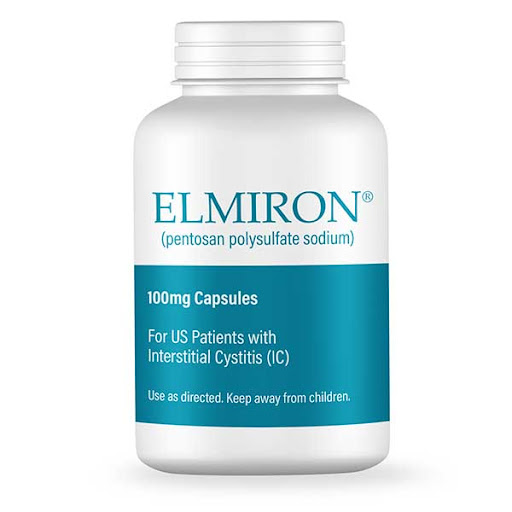 |
| New data offers additional insights into the potential retinal complications associated with pentosan polysulfate use among Asian patients with cystitis. Click image to enlarge. |
Findings from a nationwide, population-based, retrospective cohort study of patients with cystitis, published in the journal Ophthalmology, revealed an association between pentosan polysulfate (PPS) use and an increased risk of developing subsequent maculopathy.
Since the 1980s pentosan polysulfate—a semisynthetic sulfated polysaccharide—has been widely used for the treatment of interstitial cystitis in the United States. Prior evidence has suggested an association between PPS exposure and macular diseases. However, there is a need for additional research, particularly in regard to Asian individuals.
“In Korea, pentosan polysulfate became available from 2003, and mandatory enrollment in social health insurance system could minimize selection bias regarding PPS use,” noted the study authors in their paper. “Therefore, in this study, whether an association exists between PPS exposure and subsequent maculopathy development was evaluated in South Korea using a population-based database.”
Among the 309,345 patients newly diagnosed with cystitis, 103,553 were included in the pentosan polysulfate user cohort and 205,792 were in the PPS non-user group. Data showed that exposure to pentosan polysulfate was associated with an increased risk of subsequent maculopathy in univariate and multivariate analysis.
These findings were confirmed via two sensitivity analyses by “defining PPS users as individuals with an observation period over six months from the initial prescription or those with cumulative dose exceeding 9 g, employing the same analysis,” the investigators explained.
The mean cumulative dose of pentosan polysulfate was 37.2 ± 76.7g with a maximum of 1,350g. Among the patients in the PPS cohort, the proportion of users exceeding 300g, 400g and 500g were 1.8%, 0.9% and 0.5%, respectively.
“Our study revealed an association between pentosan polysulfate use and subsequent maculopathy using claims data covering 97% of the Korean population,” the investigators noted in their recent Ophthalmology report. “This represents a significant finding for the Asian population, particularly when taking into consideration the fact that the race of 93% of previously reported PPS maculopathy cases has been white.”
The connection between pentosan polysulfate use and higher incidence of maculopathy emphasizes the importance of taking retinal complications into account when caring for patients undergoing PPS treatment, the study authors concluded.
Kim MS, Choi YJ, Ji E, et al. Association between Pentosan Polysulfate and Subsequent Maculopathy: Insights from a Nationwide Population-Based Study in Korea. Ophthalmology. July 30, 2024 [Epub ahead of print]. |


